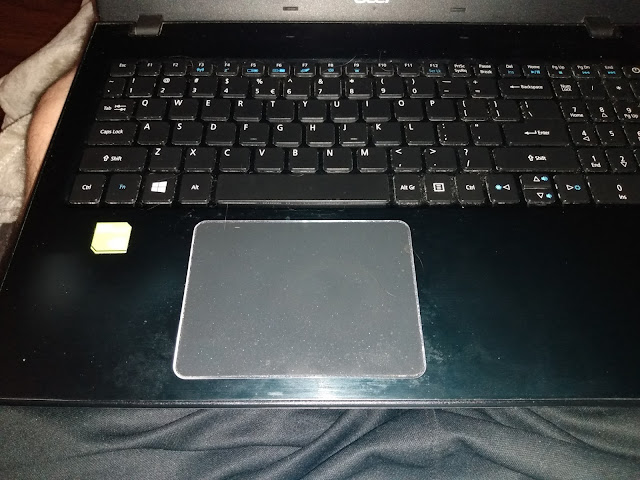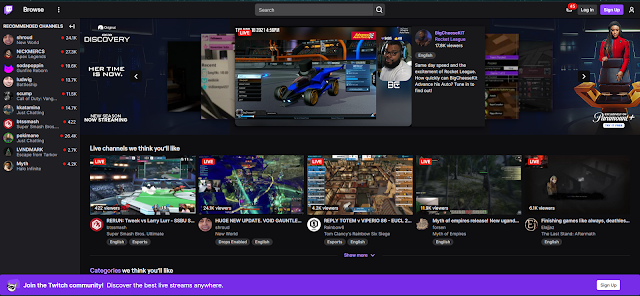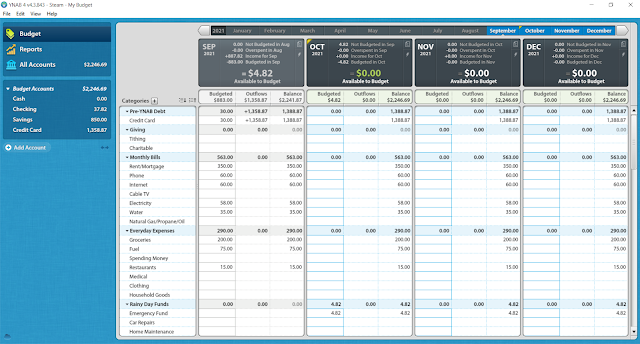Week 3: Touchpad Vs Mouse
Welcome to week 3 of UX Design Roundup where the modern laptop touchpad will try to take on the reigning champion of the traditional computer mouse! Can it de-throne a fixture of modern computing or will it be sent back to the gym? What happened to week 1 you ask? I saw it hitchhiking down the side of the interstate waving a giant bag of cash. It'll turn up before we know it.
Laptop TouchPad
The point of every laptop is to be a self-contained, portable computer. Sure you can get a bag and a whole slew of accessories to expand its functionality, but at the very minimum, it needs to be a fully functional computer without anything else. For a computer to work, you need a screen, a keyboard for text input, and some sort of mouse to navigate. The touchpad comes with every laptop as an integrated mouse for navigation.
Touchpads typically have a square to drag your finger across to move the cursor on-screen and two buttons to left or right-click. Not rocket surgery, but there are some key limitations to consider. For instance, everything on a laptop needs to be light and small to support portability. That means the space for buttons on a touchpad will need to balance against the area of navigation. To sidestep this, many modern manufacturers have made part of the dragging surface clickable.
The problem with this approach is that there is no way to tell exactly where the buttons are and which you are clicking. To compound this, the tracking surface (being one solid piece) can transfer pressure from one button onto the other, causing an accidental double click. When trying to navigate complex software, that error could be quite annoying. How does this compare to a traditional mouse though?
Traditional Mouse
Originally named an "X-Y Positional Indicator for a Display System" in 1973, computer mice have evolved immensely since their primitive days. Modern computer mice use laser optics to measure movement which makes them quite stable and precise. Your average computer mouse still has two buttons, but more complex options are available with many more. Your typical gaming mouse has 5 buttons, a special button for changing the dpi (essentially cursor speed), and a scrolls wheel.
Why call it a mouse? Well, the guy who designed it (Douglas Englebart) showed it to a co-worker to see what he thought. His first observation was "It looks a bit like a mouse." History in the making my friends. Also, the previous name was a mouthful and marketing nightmare.
Where the touchpad has issues with accidental clicks, a well-designed mouse will fit your hand like a masterfully tailored suit ensuring you only click when you want to. What's more, you can also use your thumb to operate some of the buttons which reduces the amount of time between potential clicks. The only downside is they are not integrated into a laptop and are not as portable. Having said that, they are light, small, and can communicate via Bluetooth which eliminates the need for cables.
Conclusion
While the touchpad is an integrated option on any laptop, it just can't stand up to the precision, ease of use, and the sheer number of options that a traditional mouse can provide. A touchpad works in a pinch, but for the best user experience money can buy you're looking at a mouse. Hope you enjoyed this week's roundup and we will see you next round!




Comments
Post a Comment